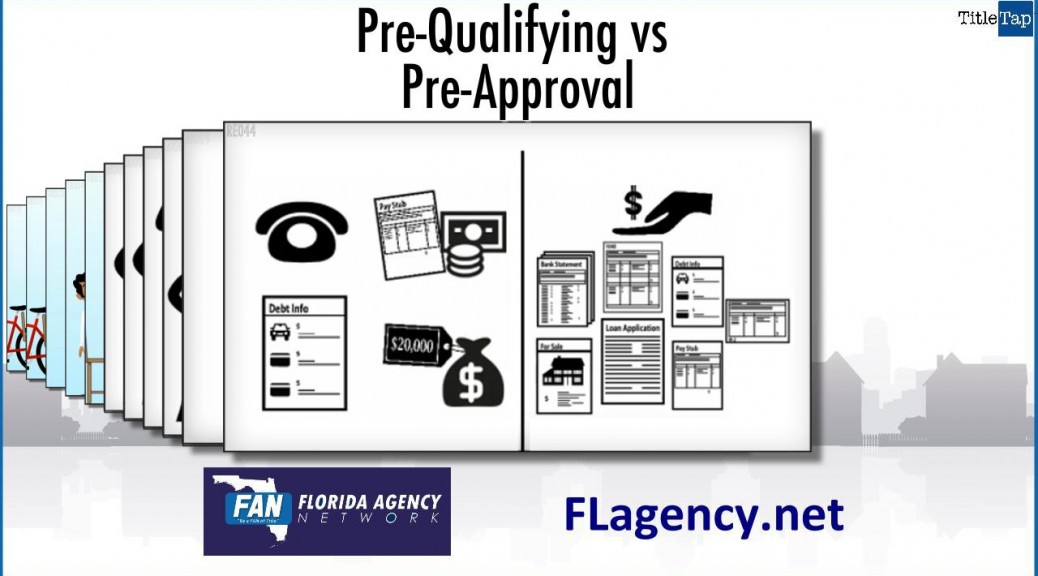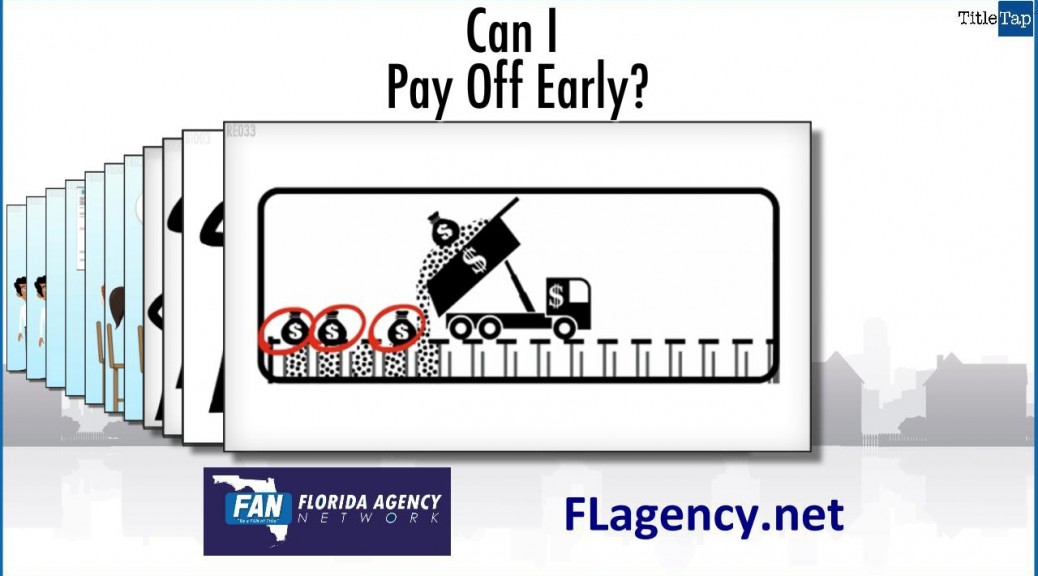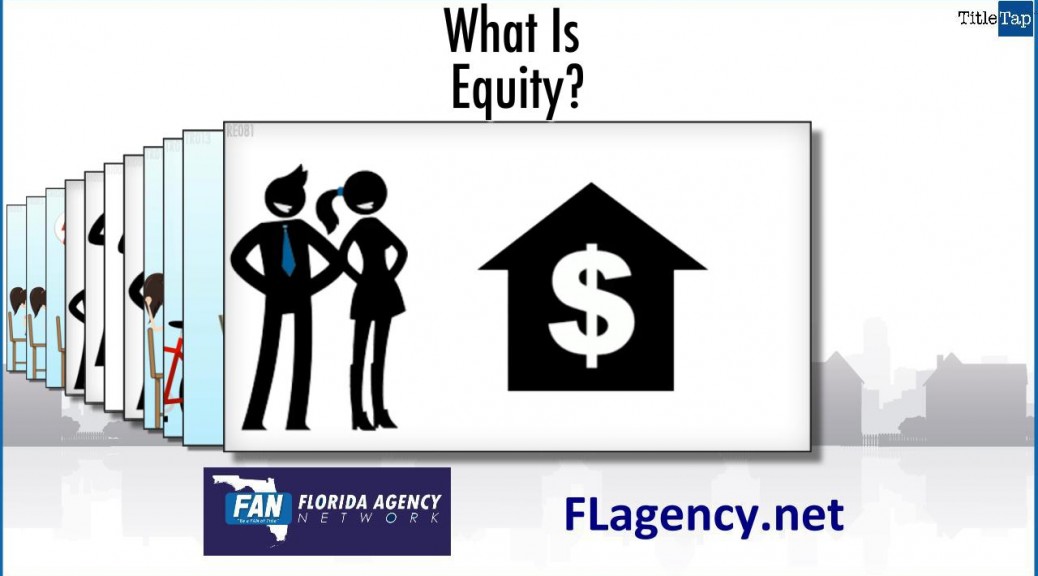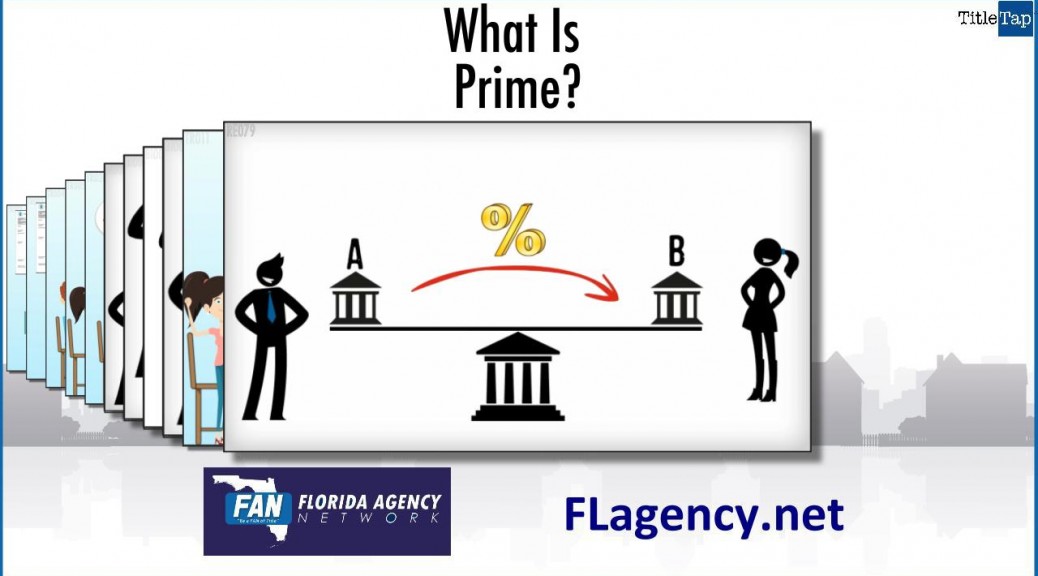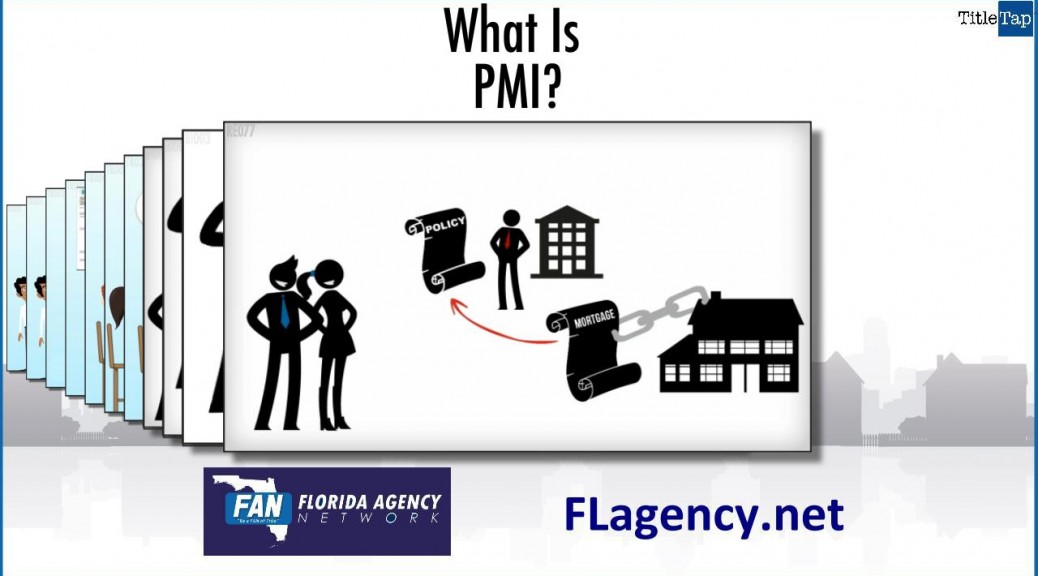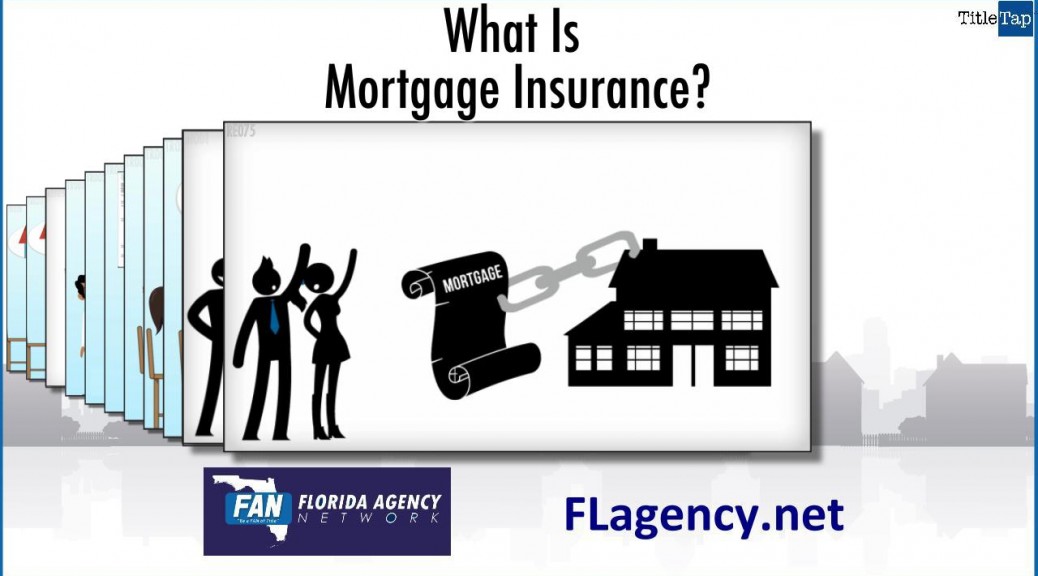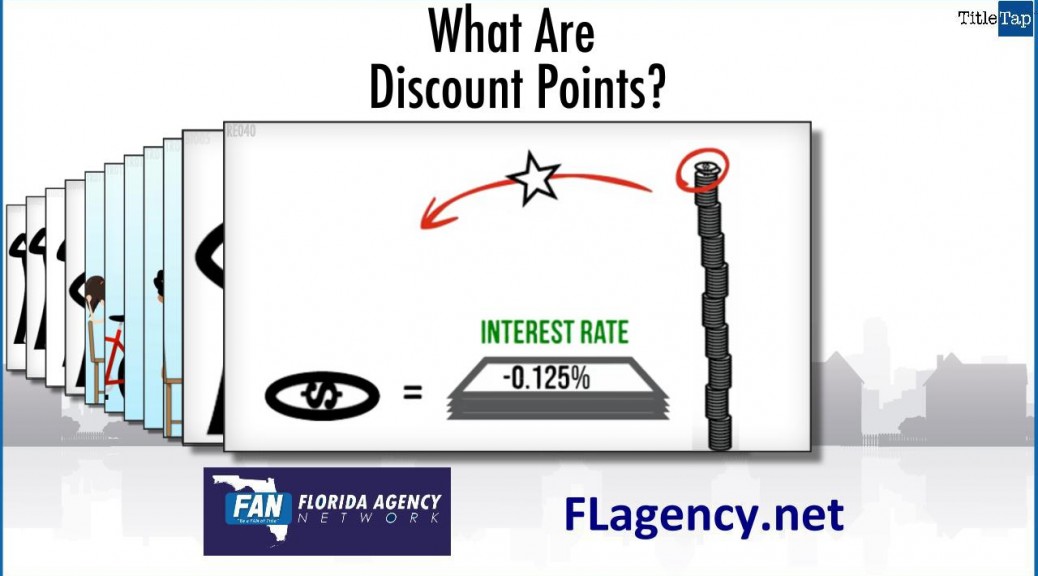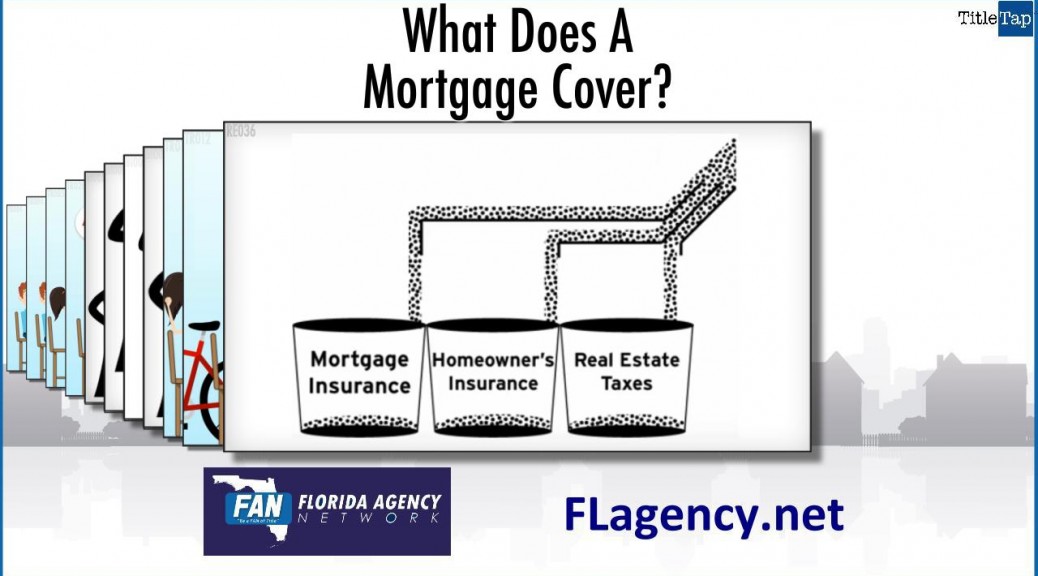http://fwd5.wistia.com/medias/28u1pgvx1f?embedType=iframe&videoFoam=true&videoWidth=640
Pre-qualification is an informal way to see how much you maybe able to borrow. You can be ‘pre-qualified’ over the phone with no paperwork by telling a lender your income, your long-term debts and how large a down payment you can afford. Without any obligation, this helps you arrive at a ballpark figure of the amount you may have available to spend on a house.
Pre-approval is a lender’s actual commitment to lend to you. It involves assembling financial records and going through a preliminary approval process. Pre-approval gives you a definite idea of what you can afford and shows sellers that you are serious about buying.

